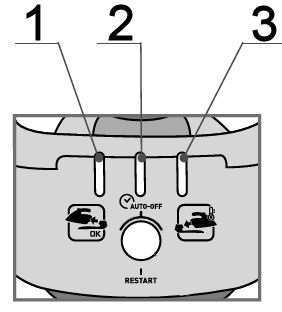ironing"" - Results: 153
No, leave the iron to cool down before putting it away and follow the 4 tips: empty out the water remaining in the tank, set the thermostat to the minimum, close the steam control and stand it upright or place it on the base (depending model).
If your iron has an anti-calc system, you should clean the anti-calc valve once a month.
To do this:
• Unplug the iron and leave it to cool for 30-45 minutes.
• Empty the water and remove the valve, holding it by the top.
• Let the anti-calc valve soak for 4 hours in a glass of natural lemon juice or citric acid, then thoroughly rinse the anti-calc valve under tap water.
• Reposition the anti-calc valve into your iron. Warning! Never touch the end of the anti-calc valve.

The electronic system cuts the power and the auto-stop light flashes if the iron is not moved for more than 8 minutes (on its heel rest or base) or is left flat for more than 30 seconds. To turn the iron back on, gently shake it until the light goes out.
Gently shake your iron to reactivate it, the lights should start to flash and then the product should start to heat up.


View the product warranty conditions

Find a repairer


